![图片[1]-Revolutionizing Soybean Farming: The Role of Drone Spraying Technology in Precision Agriculture-msoen](https://www.msoen.com/wp-content/uploads/2025/04/54487bc6d4215007-768x1024.jpg)
In the face of escalating global food demand and climate challenges, soybean farmers are turning to innovative solutions to optimize yields while minimizing costs and environmental impact. One such breakthrough is drone spraying technology, a transformative tool that enhances efficiency in pest control, fertilizer application, and crop health monitoring. This article explores how drones are reshaping soybean cultivation, their benefits, challenges, and future potential in precision agriculture.
- What is Soybean Drone Spraying Technology?
Drone spraying technology involves the use of unmanned aerial vehicles (UAVs) equipped with advanced nozzles, sensors, and GPS systems to apply agrochemicals or fertilizers with millimeter precision. Unlike traditional methods like tractors or manual spraying, drones can navigate challenging terrains, dense canopies, and large-scale farms autonomously, ensuring uniform coverage and reduced chemical waste.
Key Features:
- Multi-spectral sensors: Detect pest infestations, nutrient deficiencies, and water stress in real time.
- Variable-rate application: Adjust chemical dosage based on crop needs and soil conditions.
- GPS-guided mapping: Create detailed field maps for repeatable, error-free operations.
- Advantages of Drone Spraying in Soybean Cultivation
A. Enhanced Efficiency and Speed
Soybean fields often span hundreds of acres, and traditional spraying methods can take days. Drones reduce application time by up to 90%, enabling farmers to treat crops swiftly during critical growth stages. For instance, drones can cover 10 acres in 20 minutes—a task that would take a tractor half a day. B. Reduced Chemical Usage
Precision nozzles and AI-driven algorithms ensure chemicals are applied only where needed, minimizing overuse. Studies show drone spraying can lower pesticide consumption by 30–50%, reducing costs and environmental harm. C. Improved Crop Health Monitoring
Drones equipped with thermal and multispectral cameras identify stressed areas invisible to the naked eye. Early detection of diseases like soybean rust or aphid infestations allows timely interventions, preventing yield losses of up to 40%. D. Accessibility for Remote Areas
In regions with poor road infrastructure or smallholder farms, drones eliminate the need for heavy machinery. This democratizes access to modern agricultural practices, fostering sustainability and food security.
- Applications in Soybean Farming
A. Targeted Pest and Disease Control
Drones can treat localized outbreaks of pests such as the soybean cyst nematode or soybean aphids without disrupting entire fields. For example, a drone might focus on a 5-acre patch showing early signs of disease, preserving healthy crops. B. Variable-Rate Fertilization
By analyzing soil pH, moisture, and nutrient levels, drones apply fertilizers at variable rates. This optimizes resource use and reduces nitrogen runoff into waterways. C. Post-Disaster Recovery
After floods or storms, drones quickly assess damage and apply recovery treatments, accelerating regrowth and minimizing downtime.
- Challenges and Limitations
While promising, drone spraying technology faces hurdles:
- Regulatory barriers: Airspace restrictions and licensing requirements vary globally, complicating adoption.
- Initial costs: High-quality drones and software can cost upwards of $20,000, deterring small-scale farmers.
- Technical expertise: Farmers need training to operate drones and interpret sensor data effectively.
- Battery limitations: Flight times average 20–30 minutes, requiring frequent recharging for large farms.
- The Future of Drone Spraying in Agriculture
The global agricultural drone market is projected to grow at a 22% CAGR from 2023 to 2030, driven by advancements in AI and battery tech. Innovations on the horizon include:
- Swarm drones: Coordinated fleets of drones working together to treat vast areas autonomously.
- IoT integration: Drones syncing with IoT-enabled weather stations and soil sensors for hyper-localized applications.
- Biodegradable formulations: Eco-friendly chemicals tailored for drone use, reducing ecological footprints.
- Best Practices for Implementing Drone Spraying
To maximize ROI and sustainability: - Start small: Pilot drone applications on 10–20 acres before scaling.
- Partner with agronomists: Leverage expert insights to calibrate equipment and interpret data.
- Prioritize safety: Follow local regulations and maintain clear airspace during operations.
- Invest in training: Ensure farm teams understand drone mechanics and data analytics.
Conclusion
Drone spraying technology is revolutionizing soybean farming by merging precision agriculture with cutting-edge innovation. By enhancing efficiency, reducing environmental impact, and improving crop resilience, drones empower farmers to meet the demands of a rapidly evolving agricultural landscape. As regulatory frameworks evolve and costs decline, this technology will likely become a cornerstone of sustainable farming worldwide.
Final Thought: Embracing tools like drone spraying isn’t just about staying competitive—it’s about safeguarding food production for future generations.

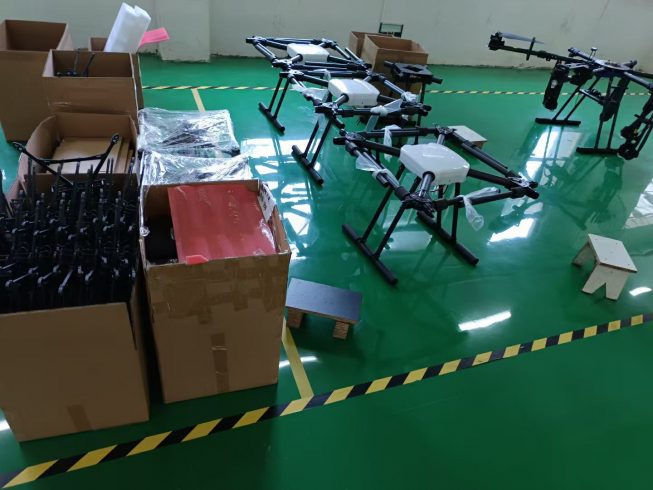
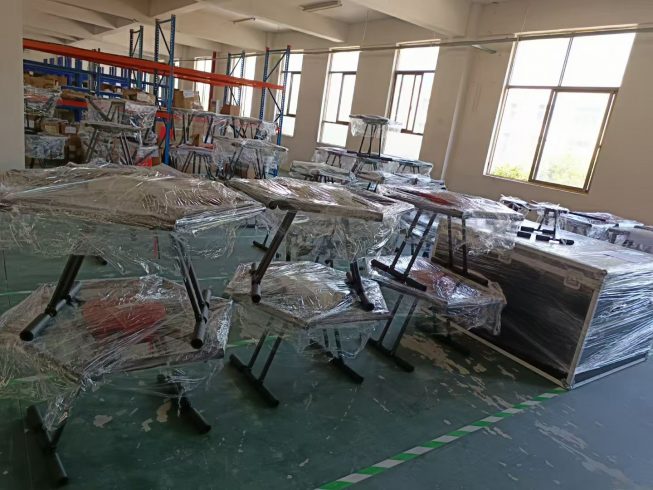

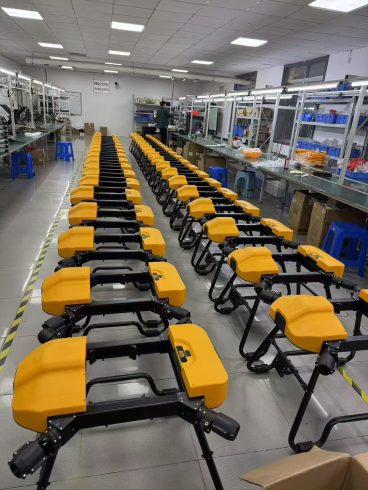
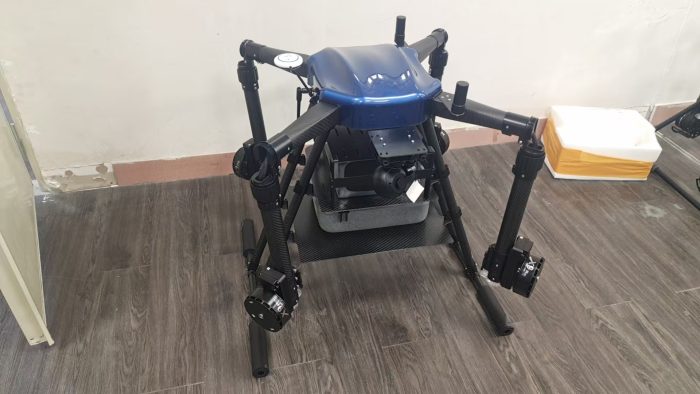

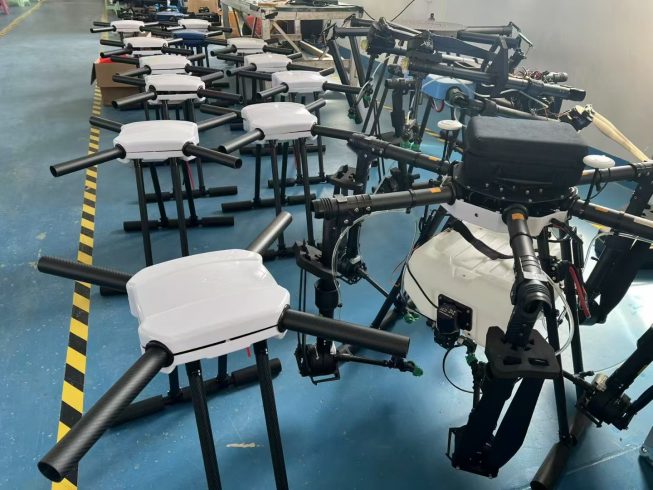
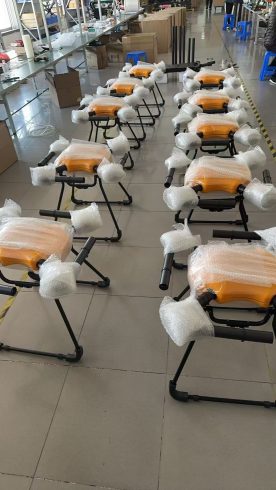
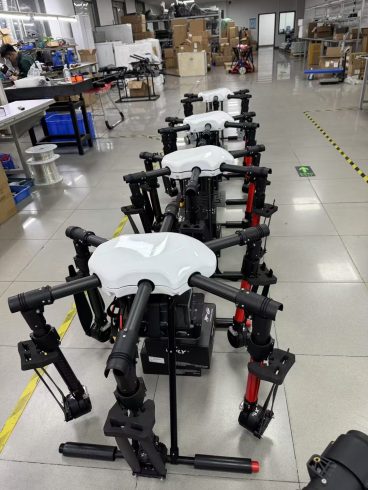
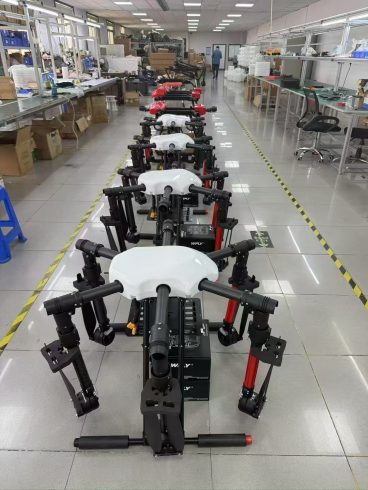

暂无评论内容